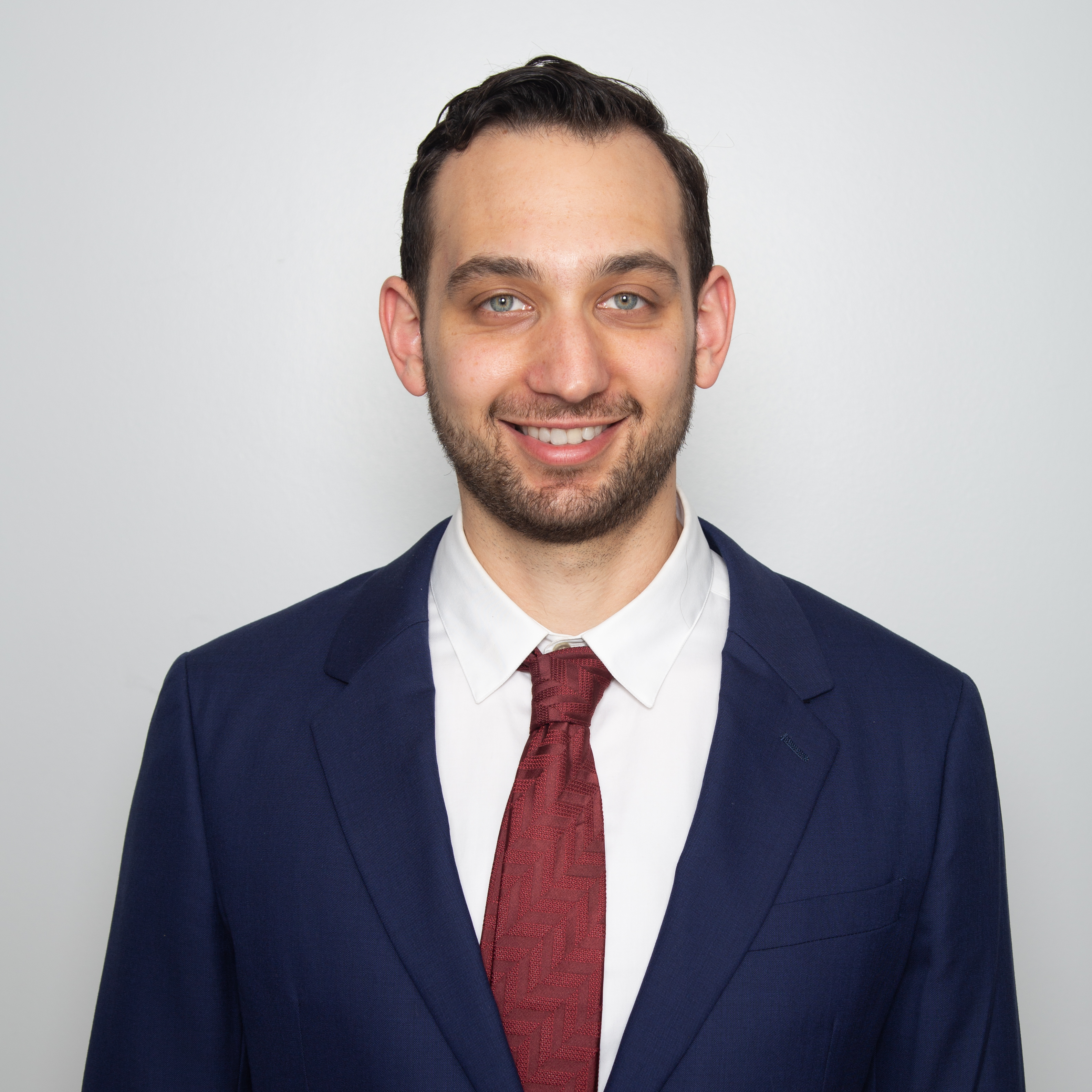
Sober for more than 30 years, Howard Samuels knows firsthand the tragic reality of addiction. He hit rock bottom during his own battle with heroin and alcohol — before finally reclaiming his life.
Samuels is now a therapist with a doctorate in psychology. He is also the founder and CEO of The Hills Treatment Center in Los Angeles.
Given his background, new numbers this week from JAMA Pediatrics that show a significant increase in the number of kids and teens hospitalized for prescription opioid poisonings don’t surprise him. They do remind him, however, of just how much work there is to be done.
“[The poisonings] are all accidental. But the causes are probably different depending on the age,” Samuels told LifeZette. “For toddlers, it’s because the parents are ignorant and careless. They leave these dangerous medications where their young children have access to them. The parents need to be educated and aware of how dangerous these opiate medications are.”
Teenagers, he said, are a different story.
“When I was a teen, I used to go into my parents’ medicine cabinet and steal all of their painkillers. When I went to friends’ homes, I’d do the same thing to their parents’ medicine cabinets,” said Samuels. “The same thing is still happening. Teenagers know more than their own parents about how to get high off these dangerous medications.”
Health and addiction experts have been trying for years to educate parents on proper disposal of medications when they are no longer needed. Samuels said if you have teens in your house — you have to hide these medications. You never know.
From 1999 to 2010, a Yale University study found retail sales of prescription opioids quadrupled, and during this time, deaths attributed to opioid overdose rose fourfold in those 15 to 64 years of age — sixfold in those 15 to 24 years of age.
“ED [emergency department] visits for prescription opioid overdose, abuse, and misuse now rival those for illicit drugs, including heroin and cocaine,” researchers noted in their report. “Even in children younger than six years, opioids, followed closely by benzodiazepines, now account for most of the drug poisonings in this age group; in nearly all these poisonings, the child was exposed to a prescription intended for an adult in the household.”
Hospitalization rates were highest in older adolescents, but the largest percentage increase in hospitalizations over time occurred among the youngest children (toddlers and preschoolers)
“I deal with the issue every day. I was doing it at that age, so I’m not shocked,” said Samuels. “I wish everyone was as educated as I am now about what’s really happening out there in American homes.”
He added, “I totally believe that the overprescribing of opioid medications has been going on for years and has resulted in the jump in opioid overdoses. Thank God that recently, there has been much more media attention and much more criticism of doctors who were prescribing 60 Vicodin, when the pain management was only required for a few days.”
Samuels, along with the study’s authors, community leaders nationwide, addiction specialists, lawmakers, and families who have lost a loved one to addiction — all of these people are saying the same thing right now. All parents need to educate themselves on this issue. And if you have to take opiates to manage pain, be careful with how and where you store that medication. This is not an issue to take lightly.


